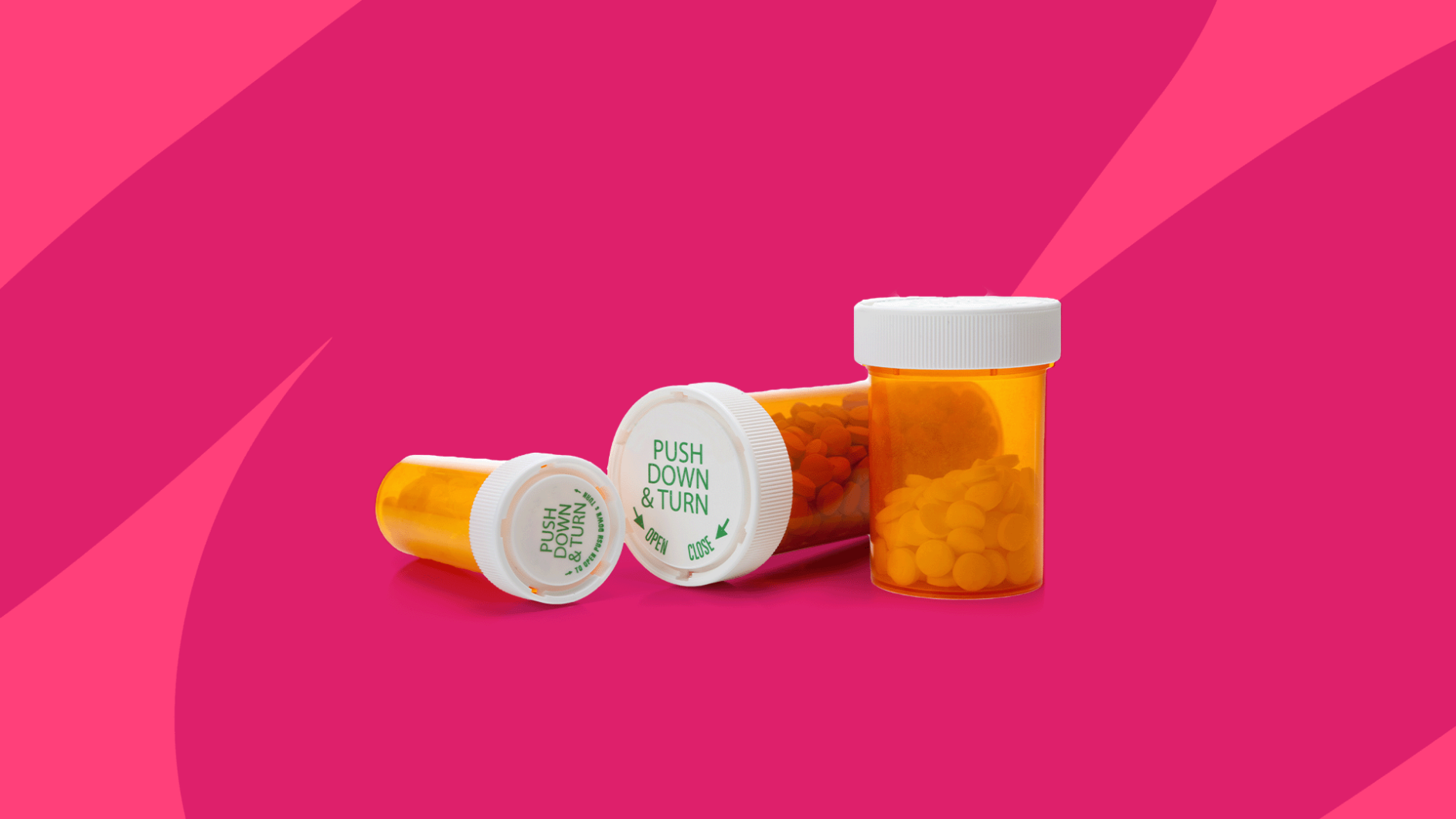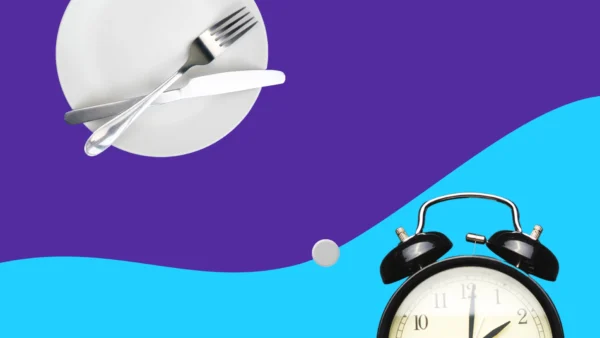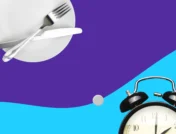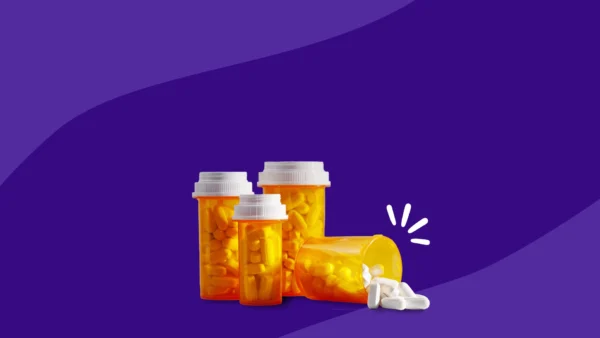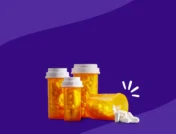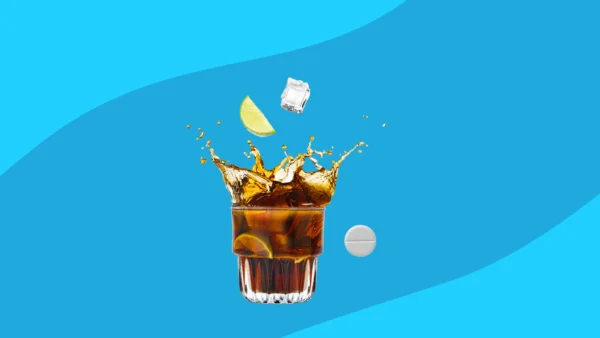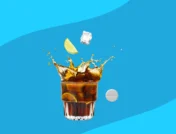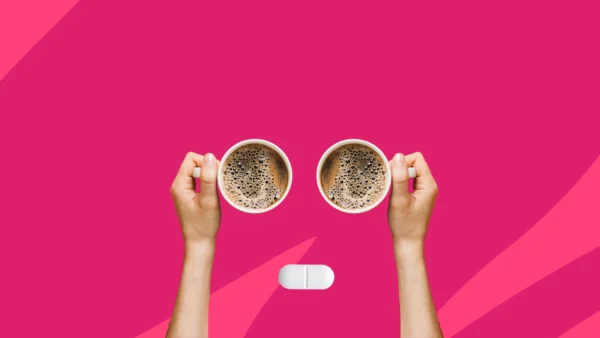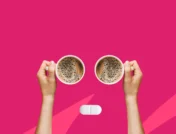Is buprenorphine HCl naloxone HCl covered by insurance? | How much does buprenorphine HCl naloxone HCl cost without insurance? | How to get buprenorphine HCl naloxone HCl without insurance
Buprenorphine-naloxone is an FDA-approved generic drug to prevent opioid withdrawal symptoms in people with opioid dependency. It also reduces cravings and is used for maintenance therapy in opioid use disorder. The drug contains an opioid, buprenorphine, which produces only some effects of opioids . Buprenorphine is sometimes used alone to help prevent opioid withdrawal. Naloxone—better known by its brand-name version Narcan—is an opioid antagonist. It blocks the effects of opioids and is sometimes used to reverse the effects of an opioid overdose. When buprenorphine-naloxone is taken as directed, the buprenorphine produces a mild opioid effect that prevents withdrawal symptoms and cravings. Naloxone is added to prevent people from injecting or inhaling the drug. If that occurred, the naloxone would cause significant withdrawal symptoms.
What is the brand name for buprenorphine HCl naloxone HCl?
The only available brand-name tablet version of buprenorphine-naloxone is Zubsolv, an orally disintegrating tablet. Brand-name Suboxone and Bunavail tablets are no longer on the market. Brand name Suboxone is still available as a film that dissolves under the tongue or inside the cheek.
Is buprenorphine HCl naloxone HCl covered by insurance?
Most people with health insurance or Medicare are covered for buprenorphine-naloxone sublingual tablets, buccal film, or sublingual film. That includes employer-provided insurance, private insurance, Medicare Part D, Medicaid, Tricare, and the VA. However, coverage may vary. For coverage information, restrictions, and copay tiers, view sample formularies for Blue Shield, Cigna, and Medi-Cal at their websites. Most insurance plans place buprenorphine-naloxone in lower copay tiers, so the cost to the insured patient should be relatively low. However, other factors, such as coverage gaps and coinsurance, will also determine the final out-of-pocket expense.
How much does buprenorphine HCl naloxone HCl cost without insurance?
Without insurance, 14 8-2 mg tablets of buprenorphine-naloxone will cost about $140. Maintenance treatment may last for months or longer. Over time, the cost of treatment without insurance could add up.
For moderate to severe opioid withdrawal, buprenorphine or buprenorphine-naloxone is typically the first-line treatment. Buprenorphine alone will cost the same as buprenorphine-naloxone. Methadone is an effective treatment for opioid use disorder that is dispensed through an opioid treatment program. Naltrexone is another treatment for opioid use disorder that blocks cravings.
Some people with milder withdrawal symptoms may be able to weather withdrawal with symptom relief medications such as clonidine, SSRIs, over-the-counter pain relievers, benzodiazepines, anti-nausea drugs, and drugs that reduce muscle spasms. None of these prevent withdrawal but help make the process more bearable. And they are not long-term treatments to reduce cravings in opioid use disorder.
Finding the right treatment for opioid withdrawal or opioid use disorder should always be done together with a trained healthcare professional.
With a SingleCare prescription discount card, uninsured patients or their caregivers can pay as little as $23 for a 30-day supply of buprenorphine-naloxone at convenient local pharmacies.
RELATED: Which naloxone formulation should you get?
Compare Suboxone (buprenorphine HCl naloxone HCl) prices to related drugs |
|||
|---|---|---|---|
| Drug name | Price without insurance | SingleCare price | Savings options |
| Buprenorphine HCl naloxone HCl | $142 per 14, 8-2 mg siblingual tablets | $22 per 14, 8-2 mg siblingual tablets of generic buprenorphine HCl naloxone HCl | See latest prices |
| Buprenorphine Hcl | $76 per 10, 8 mg siblingual tablets | $14 per 10, 8 mg siblingual tablets of generic buprenorphine HCl | See latest prices |
| Naltrexone Hcl | $130 for 30, 50 mg tablets | $19 for 30, 50 mg tablets of generic naltrexone HCl | See latest prices |
Prescription drug prices often change. These are the most accurate medication prices at the time of publishing. The listed price without insurance references the price of brand-name drugs (unless otherwise specified). The listed SingleCare price references the price of generic drugs, if available. Click the “Savings options” link to see the latest drug prices.
How to get buprenorphine HCl naloxone HCl without insurance
Buprenorphine-naloxone is a life-saving treatment for people with opioid dependency or opioid use disorder. For some, it can be the treatment that turns around the addiction cycle. However, not everyone who needs daily buprenorphine-naloxone can afford the treatment without health insurance. Patient assistance programs can help with some drugs, but these are usually offered for brand-name drugs. Fortunately, there is help in the community, and right here at SingleCare, that can make buprenorphine-naloxone treatment more affordable.
1. Use a SingleCare savings card
By using a free coupon from SingleCare at local participating pharmacies, uninsured patients can bring the cost of buprenorphine-naloxone down to as low as $22 for 14 tablets. Discounts vary by participating pharmacy, so browse available prices on SingleCare’s buprenorphine-naloxone coupons page. Find more savings and drug information in the FAQs section at the bottom of the page.
2. Shop for the lowest price
Another way to find savings on prescription medications is to buy at the lowest price at local pharmacies. People who compare prices could purchase a 30-day supply of buprenorphine-naloxone for as low as $90, a savings of more than $40 off the average cash price.
3. Use community resources
Most communities have many resources to help people with opioid addiction or other substance abuse disorders. These include public health clinics, substance use disorder centers, treatment programs, and other organizations. Many can provide inexpensive or free treatment to people who need it but lack the resources to pay for it. The best place to start is a local health department or community clinic.
4. Sign up for Medicaid
For eligible patients, Medicaid usually pays all the cost for substance abuse treatments, including prescription medications like buprenorphine-naloxone. Visit your state’s Medicaid website or talk to a local healthcare official about eligibility requirements, enrollment, and other important information.



